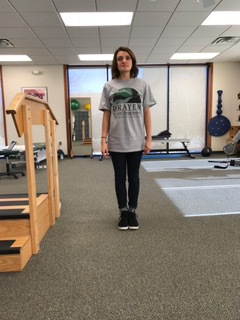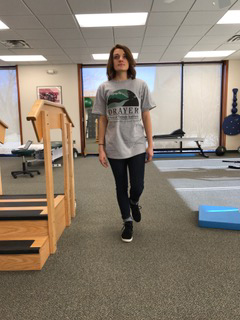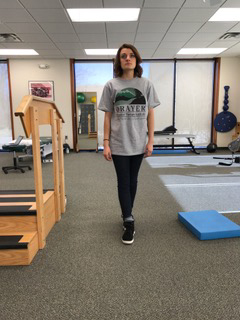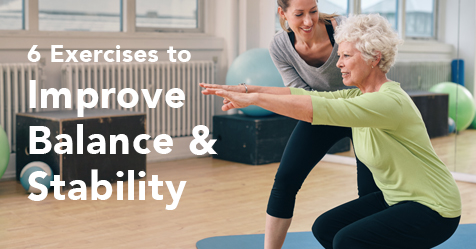
Poor balance can have a significantly negative effect on an individual’s quality of life — even limiting independence — whether it is the result of aging, surgery or neurological complications.
Balance is the ability to maintain your center of gravity within your base of support or, in simple terms, the ability to stand up and not fall over.
Dizziness often is used interchangeably with balance, but they are not the same. Dizziness is a sense of spinning or an internal sense of disequilibrium, both of which can cause balance deficits. However, poor balance does not necessitate dizziness.
Balance also can be differentiated as static balance (standing still, standing on one leg, etc.) and dynamic stability, or the ability to maintain balance during movement. For someone struggling with balance, static balance and dynamic stability often need to be addressed.
We get our sense of balance from three main body systems that work together. If one of the systems is not working well, the other two can compensate. However, if two of them are deficient, problems will arise.
Balance and stability can be improved with exercise. A trained physical therapist can help determine the most appropriate program for your needs; however, there are some basic exercises that can benefit everyone.
When performing these exercises, it is important to follow safety precautions. Make sure you are next to something sturdy, such as a heavy chair or a counter top, that you can grab if you lose your balance. Also, it is always a good idea to have another person around to help you regain your balance before anything bad happens.
It is essential that you address all three systems that contribute to your balance. The following is a good plan and progression for improving your balance.

1A. Rhomberg Stance Eyes Open

1B. SLS Eyes Open

1C. Rhomberg Stance Eyes Open
You can work on different standing positions without having mastered previous ones. For example, you may not be able to stand on a soft surface with your feet together with your eyes closed for 30 seconds; however, you still can work on standing on one leg with your eyes open.
Balance exercises may be frustrating at first. It may seem as if you will never improve, and it can be hard to see how this will help with your daily activities. But staying consistent with a balance program not only can improve your independence but also decrease the likelihood of a fall or injury.
